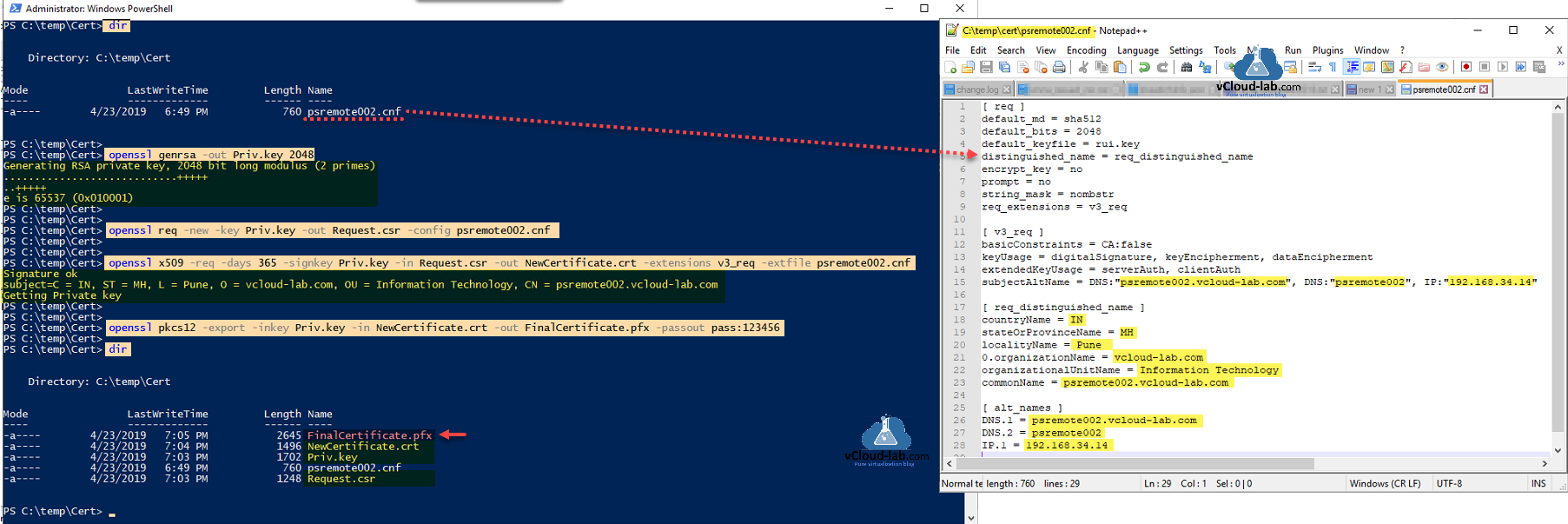
These daily snapshots of the source tree are provided for convenience only and not even guaranteed to compile.

Current members that sign releases include Richard Levitte, Matt Caswell, Paul Dale, and Tomas Mraz.Įach day we make a snapshot of each development branch. PGP keys for the signatures are available from the OTC page. If you still need more help, then join the openssl-users email list and post a question there. If you have problems, look at the FAQ, which can be found online.
#Install openssl mac install
When building a release for the first time, please make sure to look at the INSTALL file in the distribution along with any NOTES file applicable to your platform.

Information and notes about migrating existing applications to OpenSSL 3.0 are available in the OpenSSL 3.0 Migration Guide
#Install openssl mac manual
Refer to the installation instructions inside the download, and use the “enable-fips” compile time configuration option to build it.įor an overview of some of the key concepts in OpenSSL 3.0 see the libcrypto manual page. You do not need to download the 3.0 FOM separately. The OpenSSL FIPS Object Module (FOM) 3.0 is an integrated part of the OpenSSL 3.0 download. OpenSSL 3.0 is the latest major version of OpenSSL. Extended support for 1.0.2 to gain access to security fixes for that version is available.
#Install openssl mac upgrade
Users of these older versions are encouraged to upgrade to 3.0 as soon as possible. All older versions (including 1.1.0, 1.0.2, 1.0.0 and 0.9.8) are now out of support and should not be used.

The previous LTS version (the 1.1.1 series) is also available and is supported until 11th September 2023. This is also a Long Term Support (LTS) version. Note: The latest stable version is the 3.0 series supported until 7th September 2026. A list of mirror sites can be found here. (For an explanation of the numbering, see our release strategy.) All releases can be found at /source/old. The table below lists the latest releases for every branch. Please familiarize yourself with the license. Bugs and pull patches (issues and pull requests) should be filed on the GitHub repo. That’s it! Now close the Keychain app ( cmd-Q) and try reloading your Chrome tab, it should work!Īnd it should now work across any browser you use.The master sources are maintained in our git repository, which is accessible over the network and cloned on GitHub, at. Now double-click that, and this window should show up:Ĭlick the arrow near Trust, and you should see this window, make sure you change “When using this certificate” to “Always Trust”. Press Add, now you should see the certificate in the System keychain, listed as localhost: Where you see the Keychain: option, instead of login, choose System: Once you do so, find the file in the Finder, and double-click it. Now drag the certificate icon from there to the desktop, or any other folder you want.

That’s because by default the browser does not trust local certificates.Ĭlick the “Not Secure” box near the address bar, and a little panel should show up:Ĭlick the Certificate item in the box, and you should see another panel show up, with the certificate details: You’ve written an app that should use HTTPS, but it’s not working: you’re getting a warning when you try to access it using HTTPS, even though you created a local certificate.


 0 kommentar(er)
0 kommentar(er)
